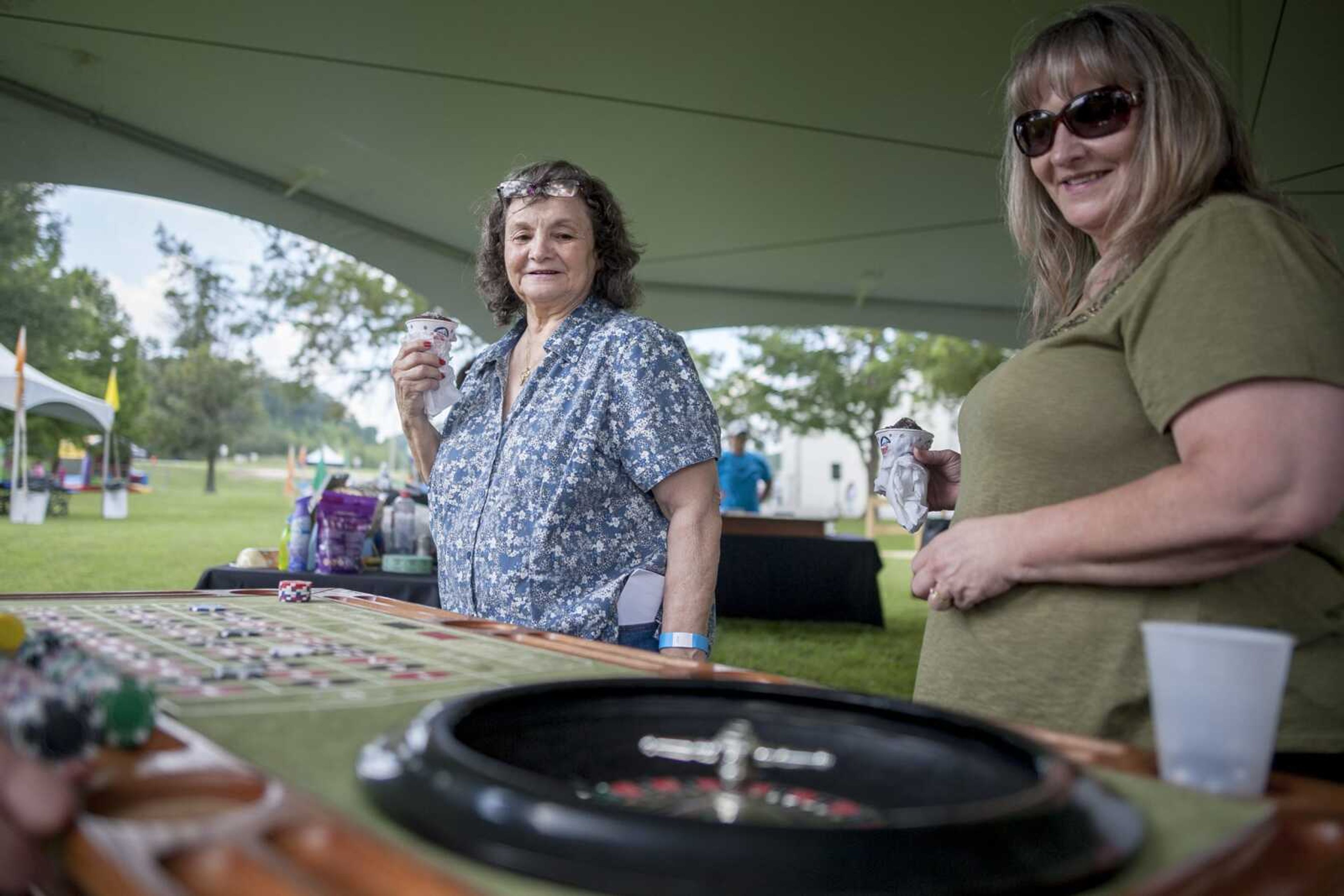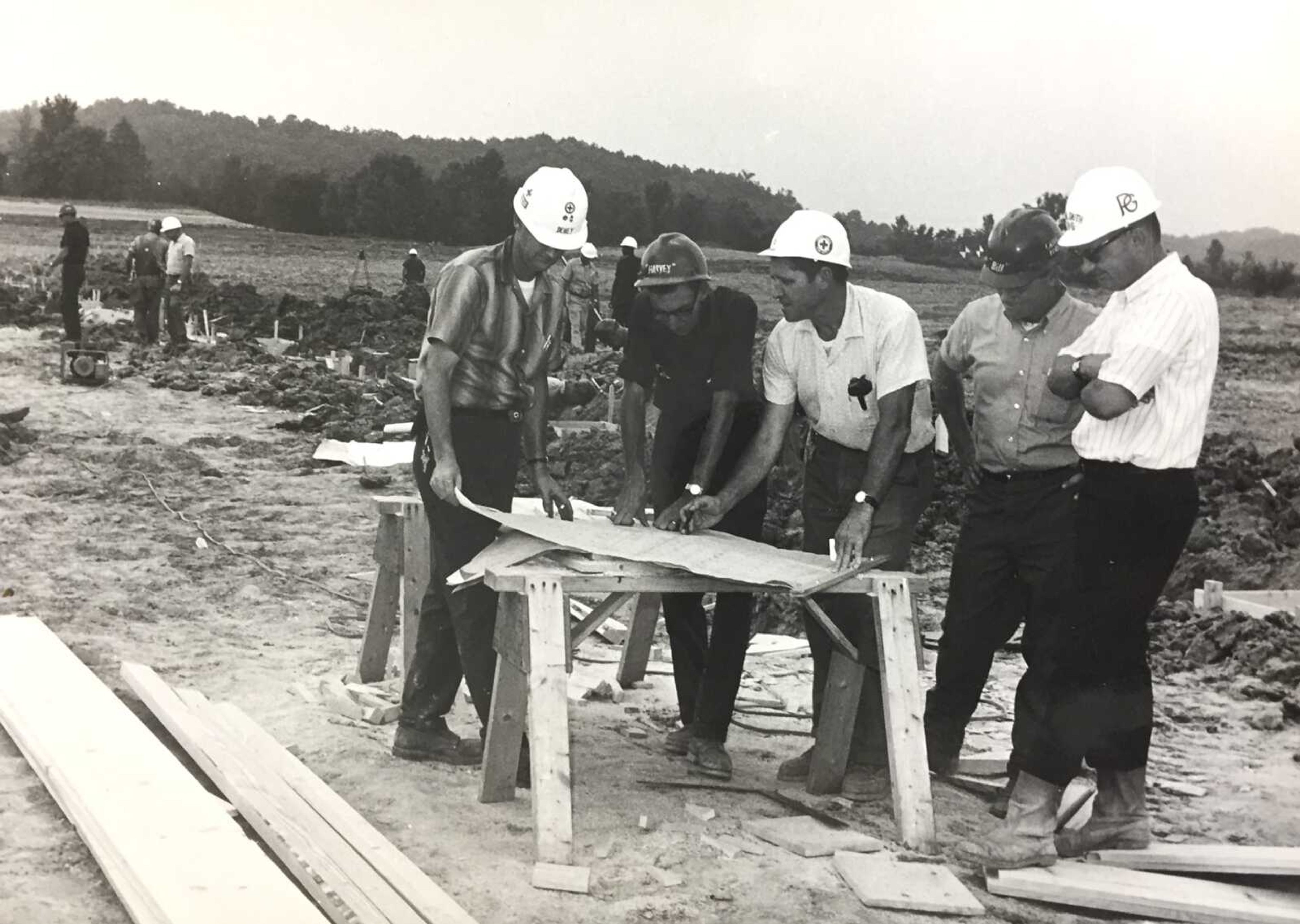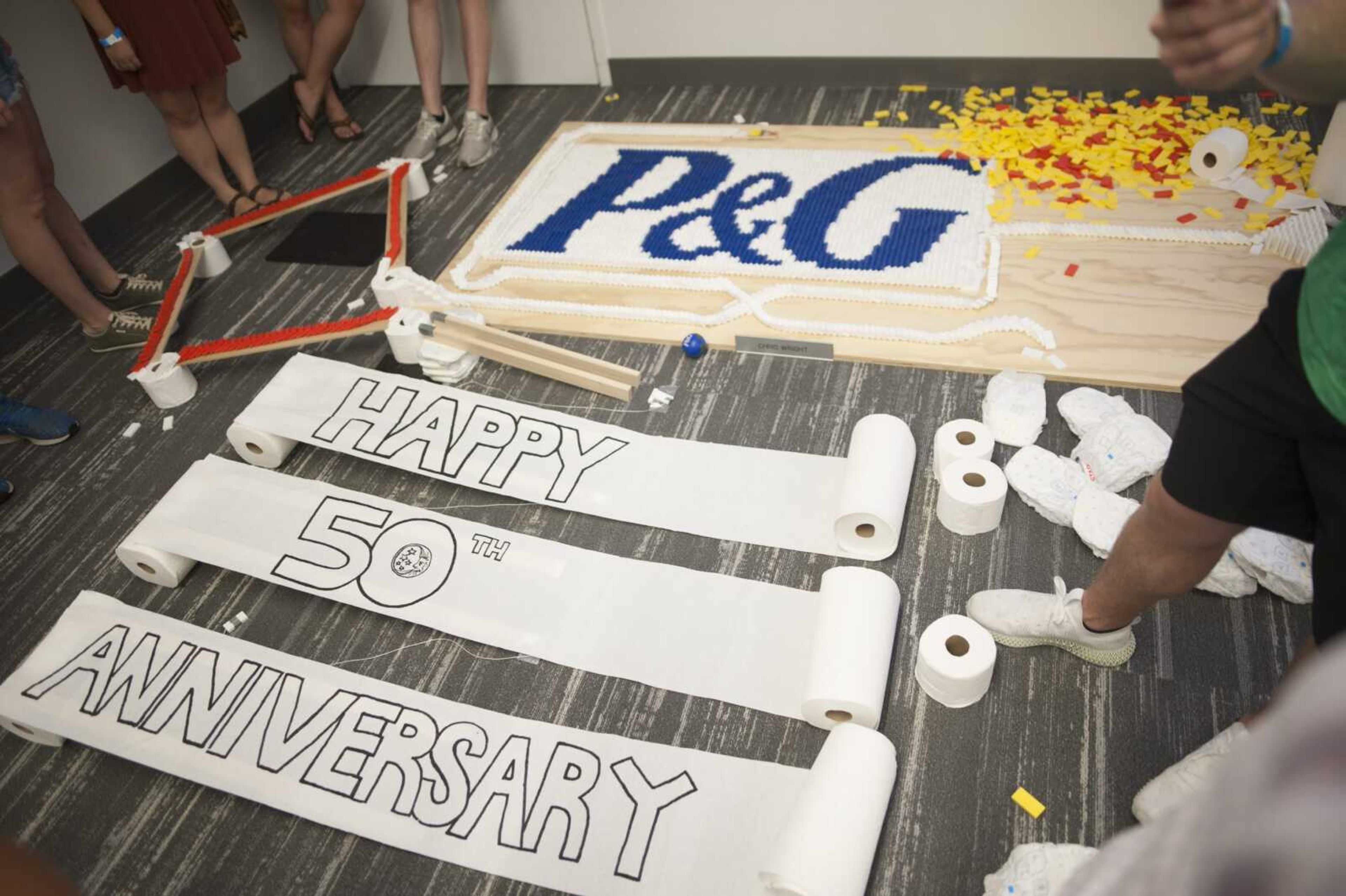NewsAugust 24, 2019
P&G Cape Girardeau facility marked many milestones
The history of the Procter & Gamble plant in Cape Girardeau dates back more than a half century. A timeline of some of the significant activities in the plant's history: n November 1967 -- The Procter & Gamble Co. of Cincinnati, Ohio, indicates an interest in Cape Girardeau as a possible site for a production facility...The history of the Procter & Gamble plant in Cape Girardeau dates back more than a half century. A timeline of some of the significant activities in the plant's history:

Receive Daily Headlines FREESign up today!

- November 1967 -- The Procter & Gamble Co. of Cincinnati, Ohio, indicates an interest in Cape Girardeau as a possible site for a production facility.
- February 16, 1968 -- The Charmin Paper Products Company, a wholly-owned subsidiary of Procter & Gamble, holds a news conference in Cape Girardeau to announce plans to build a manufacturing plant on a 1,250-acre site north of Trail of Tears State Park. At that time, the company made Charmin and White Cloud toilet paper, Puffs facial tissues, Charmin napkins, Pampers disposable diapers and Bounty paper towels, but there was no indication at the news conference what product(s) would be made here. According to a newspaper account of the announcement, the plant would employ up to 300 people and the workforce would be "predominantly male."
- July 1968 -- Site preparation begins. The 225,000 square-foot plant starts to take shape.
- January 1969 -- Jim Bowman is appointed first manager of the Cape Girardeau Charmin plant. The company begins interviewing job applicants. Training classes for the first group of 69 employees start in April.
- July 1969 -- The company moves its management offices and training facilities to the plant site from a leased building in downtown Cape Girardeau.
- August 28, 1969 -- Charmin announces that "limited production" of Pampers disposable diapers has begun at the Cape Girardeau plant, which currently employs about 200 people including production and management staff.
- February 1970 -- Employment at the plant has doubled to more than 400. By October employment exceeded 550.
- November 1971 -- Charmin announces plans for a 125,000 square-foot expansion to accommodate production demands and warehouse needs.
- April 1973 -- Record flooding on the Mississippi River affects plant operations.
- February 1975 -- Plans are announced for another plant expansion that will add another 325,000 square feet to the facility, allowing for more production capacity as well as office space, quality control labs, utility areas, employee lockers and a cafeteria. By now P&G employs 800 people here and has an annual payroll of $8.5 million.
- July 1, 1976 -- The Charmin Paper Products Co. changes its name to The Procter & Gamble Paper Products Co. P&G extends its profit-sharing plan to Charmin employees here.
- December 1976 -- Yet another plant expansion is announced. The additional 114,000 square feet will provide space for more warehouse storage and the loading and unloading of railcars.
- 1977 -- Production of Rely tampons begins at the Cape Girardeau facility.
- May 1978 -- P&G reveals plans for a 150,000 square foot addition to the Cape Girardeau plant, which will include space for production of the new Luvs disposable diapers.
- May 1979 -- In observance of its 10th anniversary, the Cape Girardeau plant hosts a public open house. It's the first time it's been open to the public since it opened in 1969.
- June 1979 -- P&G announces it will add another 108,000 square feet of warehouse space. Including this addition, the plant now has about 31 acres under roof.
- September 1980 -- P&G suspends sale of Rely tampons over a possible connection to toxic shock syndrome. As a result, P&G terminates about 115 employees at the Cape Girardeau plant, which was one of two P&G facilities that made Rely.
- February 1983 -- P&G lays off another 54 employees due to adjustments in production volumes.
- December 1983 -- The 54 employees who were laid off in February return to work.
- 1984 -- Jim Bowman, plant manager since 1969, retires. Production of Always feminine pads begins at the Cape facility.
- March & May 1984 -- The Cape plant announces it will rehire 30 and 40 employees, respectively. Only former employees who were laid off in 1980 and 1983 are eligible for these positions.
- June 1984 -- For the first time in four years, the Cape Girardeau plant accepts applications for 10 to 15 full-time positions, More than 1,000 people apply.
- November 1984 -- The company announces that about 100 full-time employees will be hired to allow expansion to a seven-day production schedule.
- July 1985 -- The Cape plant begins producing Luvs Baby Pants, a new version of the Luvs disposable diaper. P&G also launches Pampers Ultra, which features a super thin, shaped core with a granular material that swells when it comes in contact and becomes a gel.
- 1993 -- Mississippi River flooding again threatens the Cape Girardeau facility.
- 1994 -- Always production moves from Cape Girardeau to Canada.
- August 1996 -- Kathy Brown becomes the first female plant manager at the Cape facility.
- April 1997 -- The company announces it will build a $350 million tissue and towel production facility as an expansion to the existing diaper plant in Cape Girardeau. The expansion is expected to add at least 350 new jobs. Robert Cleek is the first manager of the family care plant.
- October 1998 -- Equipment installation begins for the first Bounty Towel production line.
- April 1999 -- Production of Bounty Towels begins at the Cape Girardeau plant.
- March 2000 -- Charmin toilet paper production begins here.
- December 2002 -- P&G announces a $150 expansion to its paper production facilities at the Cape plant.
- 2009 -- The Cape Girardeau plant is listed as P&G's largest acreage site in the world, shipping $2 billion worth of diapers, paper towels and toilet paper annually.
- April 2009 -- Cape plant employees reach 5 million safe work hours without a lost time or disabling injury. This is the first time in the plants history this milestone has been attained. By September the plant reaches 6 million safe work hours.
- December 2011 -- 100% of the plant's production waste is being reused in the production process, meaning no production waste is going to the landfill.
- June 2012 -- Pampers becomes P&G's first brand to generate more than $10 billion in annual sales.
- August 2016 -- Cape Family Care production is injury-free for a full year for the first time ever. That same month Charmin Essentials "Strong" and Charmin Essentials "Soft" are introduced.
- 2018 -- Pampers Premium launches "Pure Protection" which offers hypoallergenic, dye free, perfume free and zero chorine bleached products. Cape is the first production site for the new product.
- June 2018 -- Cape Baby Care is injury free for 18 months, the longest streak in the site's history.
- November 2018 -- Pampers Easy Ups launches "Cruisers 360" at the Cape Girardeau plant.
- January 2019 -- The Cape Girardeau facility becomes the global development hubsite for Pampers Premium products.
- August 2019 -- P&G celebrates the Cape plant's 50th anniversary.
Story Tags
Connect with the Southeast Missourian Newsroom:
For corrections to this story or other insights for the editor, click here. To submit a letter to the editor, click here. To learn about the Southeast Missourian’s AI Policy, click here.
Advertisement
Receive Daily Headlines FREESign up today!







